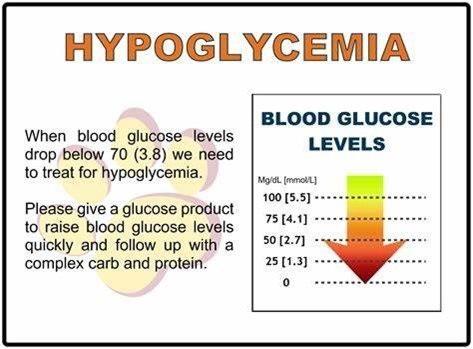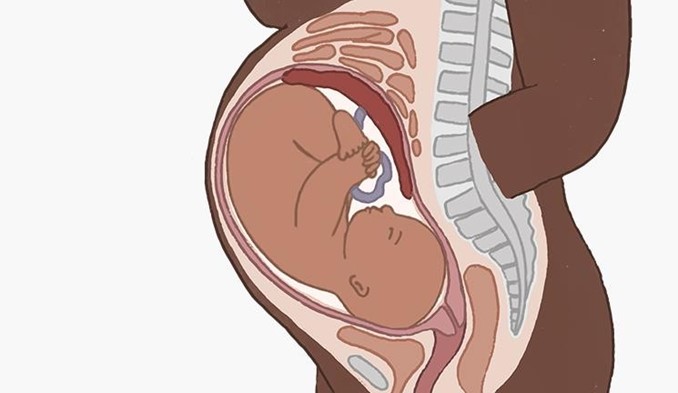The infant of a mother with diabetes is hypoglycemic. What type of feeding should be instituted first?
D5W intravenously
Formula via nasogastric tube
Breast milk
Glucose water in a bottle
The Correct Answer is C
Choice a) D5W intravenously is incorrect because this is not the preferred method of feeding for a hypoglycemic infant. D5W stands for dextrose 5% in water, which is a solution that contains glucose and water. It can be used to treat hypoglycemia by providing a source of energy and fluid to the infant. However, it has several disadvantages, such as requiring an invasive procedure, increasing the risk of infection, causing fluid overload or electrolyte imbalance, and stimulating insulin secretion, which can lead to rebound hypoglycemia. Therefore, D5W intravenously should be reserved for severe cases of hypoglycemia that do not respond to oral or enteral feeding.
Choice b) Formula via nasogastric tube is incorrect because this is not the first-line option of feeding for a hypoglycemic infant. Formula is an artificial substitute for breast milk that contains nutrients and calories to support the infant's growth and development. It can be given via nasogastric tube, which is a tube that passes through the nose and into the stomach, when the infant cannot suck or swallow effectively. However, formula has several disadvantages, such as being less digestible, less immunogenic, and less adaptable than breast milk, as well as increasing the risk of necrotizing enterocolitis, allergy, or infection. Therefore, formula via nasogastric tube should be used only when breast milk is unavailable or contraindicated.
Choice c) Breast milk is correct because this is the best and most recommended type of feeding for a hypoglycemic infant. Breast milk is the natural and optimal food for infants that contains all the nutrients and antibodies they need to grow and thrive. It can be given directly from the breast or expressed and fed by bottle or cup. Breast milk has several advantages, such as being easily digestible, enhancing immune function, promoting bonding, and adjusting to the infant's needs. Breast milk also contains lactose, which is a natural sugar that can raise the blood glucose level of the infant without causing a spike in insulin secretion. Therefore, breast milk should be offered to the hypoglycemic infant as soon as possible after birth and at regular intervals thereafter.
Choice d) Glucose water in a bottle is incorrect because this is not an appropriate type of feeding for a hypoglycemic infant. Glucose water is a solution that contains glucose and water. It can be given by bottle or cup to provide a quick source of energy to the infant. However, it has several disadvantages, such as providing no other nutrients or calories, interfering with breastfeeding, causing diarrhea or dehydration, and stimulating insulin secretion, which can lead to rebound hypoglycemia. Therefore, glucose water in a bottle should be avoided or used sparingly for mild cases of hypoglycemia that do not respond to breast milk.

Nursing Test Bank
Naxlex Comprehensive Predictor Exams
Related Questions
Correct Answer is D
Explanation
Choice a) Insert an indwelling urinary catheter is incorrect because this is not a priority action for a client who has a large amount of painless, bright red vaginal bleeding. This type of bleeding is suggestive of placenta previa, which is a condition where the placenta covers part or all of the cervix, preventing normal delivery. Inserting an indwelling urinary catheter can cause trauma to the cervix or the placenta, which can worsen the bleeding and endanger the mother and the fetus. Therefore, this action should be avoided unless absolutely necessary.
Choice b) Prepare the abdominal and perineal areas is incorrect because this is not a priority action for a client who has a large amount of painless, bright red vaginal bleeding. This type of bleeding is suggestive of placenta previa, which is a condition where the placenta covers part or all of the cervix, preventing normal delivery. Preparing the abdominal and perineal areas can be done before performing a cesarean section, which is usually the preferred mode of delivery for placenta previa. However, this action should be done after stabilizing the client's condition and obtaining informed consent for surgery.
Choice c) Witness the signature for informed consent for surgery is incorrect because this is not a priority action for a client who has a large amount of painless, bright red vaginal bleeding. This type of bleeding is suggestive of placenta previa, which is a condition where the placenta covers part or all of the cervix, preventing normal delivery.
Witnessing the signature for informed consent for surgery can be done before performing a cesarean section, which is usually the preferred mode of delivery for placenta previa. However, this action should be done after stabilizing the client's condition and explaining the risks and benefits of surgery.
Choice d) Initiate IV access is correct because this is the priority action for a client who has a large amount of painless, bright red vaginal bleeding. This type of bleeding is suggestive of placenta previa, which is a condition where the placenta covers part or all of the cervix, preventing normal delivery. Initiating IV access can help to restore fluid volume, prevent hypovolemic shock, administer medications such as oxytocin or blood products if needed, and prepare for emergency cesarean section if indicated. Therefore, this action should be done as soon as possible to save the life of the mother and the fetus.

Correct Answer is D
Explanation
Choice A: This is incorrect because both physiological and nonphysiological jaundice result from breakdown of erythrocytes. Jaundice is caused by the accumulation of bilirubin, a yellow pigment that is produced when red blood cells are destroyed. However, the rate and extent of hemolysis differ between the two types of jaundice.
Choice B: This is incorrect because kernicterus is a rare and serious complication of jaundice, not a usual outcome. Kernicterus occurs when bilirubin levels are very high and the pigment deposits in the brain, causing neurological damage. It can affect both physiological and nonphysiological jaundice, but it is more likely to occur in nonphysiological jaundice due to higher bilirubin levels and underlying conditions.
Choice C: This is incorrect because both physiological and nonphysiological jaundice begin at the head and progress down the body. This is because bilirubin accumulates in areas with high fat content, such as the skin, eyes, and brain. The distribution of jaundice depends on the level of bilirubin in the blood, not on the type of jaundice.
Choice D: This is the correct answer because nonphysiological jaundice appears in the first 24 hours of life, whereas physiological jaundice appears after the first 24 hours of life. Nonphysiological jaundice is caused by factors that increase hemolysis or impair bilirubin metabolism or excretion, such as blood group incompatibility, infection, liver disease, or enzyme deficiency. Physiological jaundice is caused by normal adaptation processes that occur after birth, such as increased red blood cell turnover, immature liver function, and delayed intestinal flora colonization.

Whether you are a student looking to ace your exams or a practicing nurse seeking to enhance your expertise , our nursing education contents will empower you with the confidence and competence to make a difference in the lives of patients and become a respected leader in the healthcare field.
Visit Naxlex, invest in your future and unlock endless possibilities with our unparalleled nursing education contents today
Report Wrong Answer on the Current Question
Do you disagree with the answer? If yes, what is your expected answer? Explain.
Kindly be descriptive with the issue you are facing.
